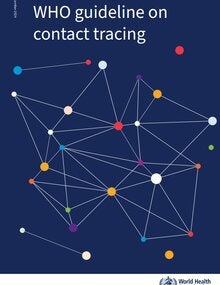The global pandemic of 2020 to 2023 renewed our awareness of the impact a new pathogen can have on humanity. In its aftermath, consideration turned to preparing for the emergence of new pathogens or known pathogens in new contexts, developing response capacities built on what has been learned through the experiences of known disease outbreaks and epidemics. Through such events, contact tracing has been recognized as an effective tool in stopping new infections by breaking chains of transmission and keeping vulnerable populations safe. Contact tracing is based on the principles of identification, monitoring, and supporting those people identified as contact persons. Its impact, however, is broader as it can also assist with producing a better understanding of the epidemiological characteristics and transmission dynamics of a new pathogen or a known pathogen in a new context, informing decisions around public health and social measures, and improving disease outcomes through early detection and case management. This practical guideline establishes definitions for “contact”, “contact person”, “contact tracing” and other associated concepts. It allows for improvement of contact tracing strategies, and provides recommendations attempting to answer some, though not all, questions that arose during the Coronavirus disease 2019 (COVID-19) pandemic, and other outbreaks. The employment of this guideline begins once people have been diagnosed and the potential for transmission exists. It is not, however, intended to assist with case investigation. |

